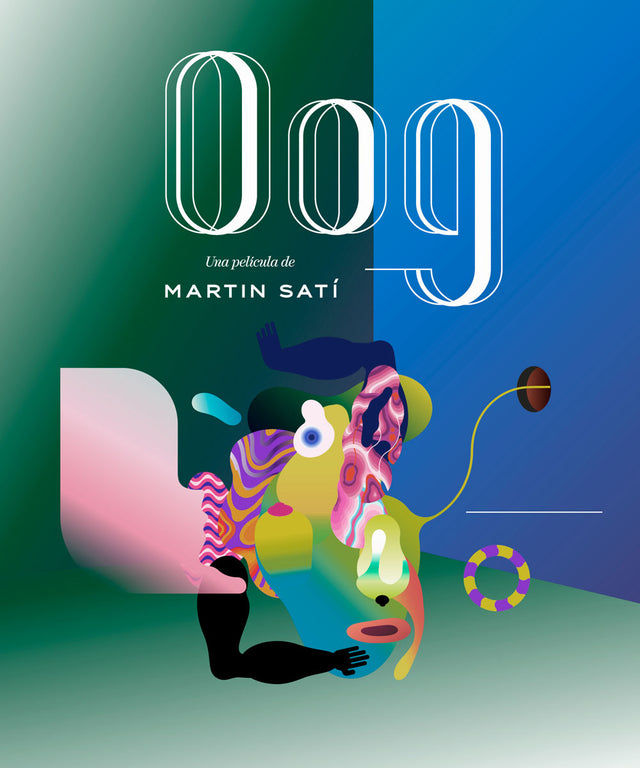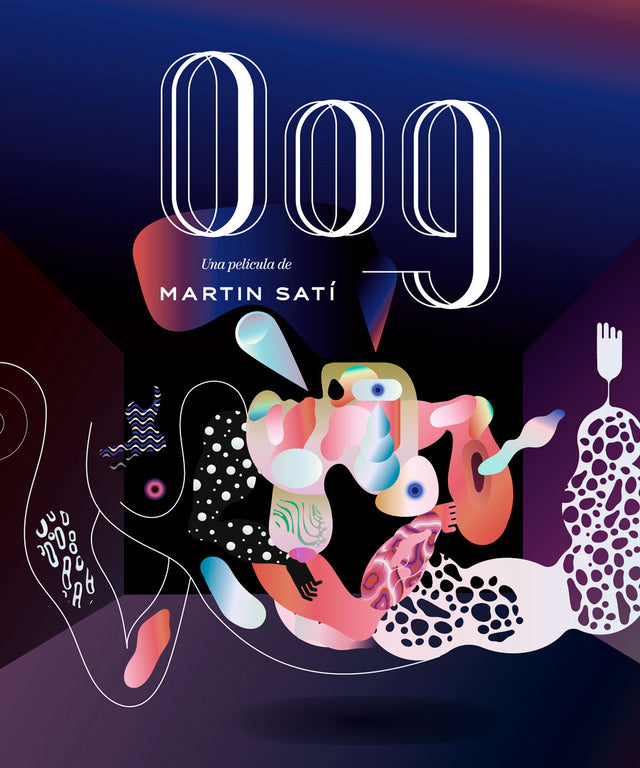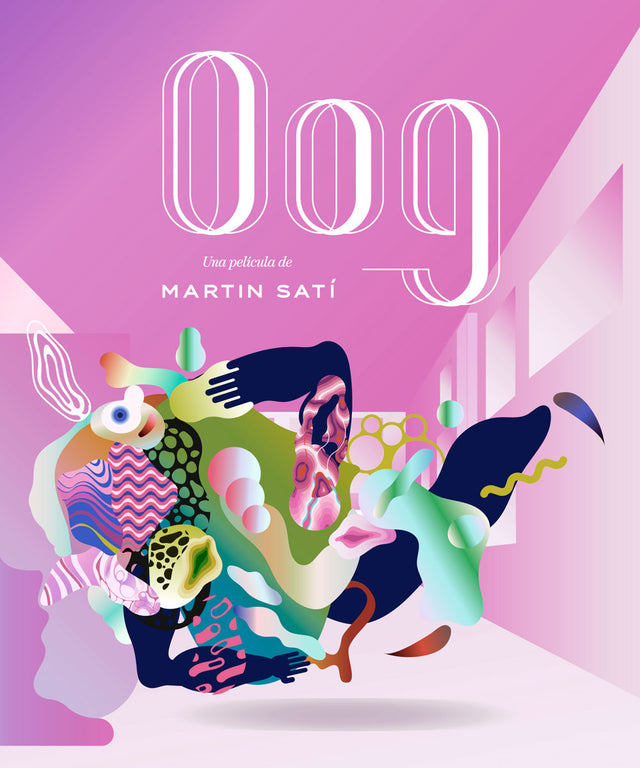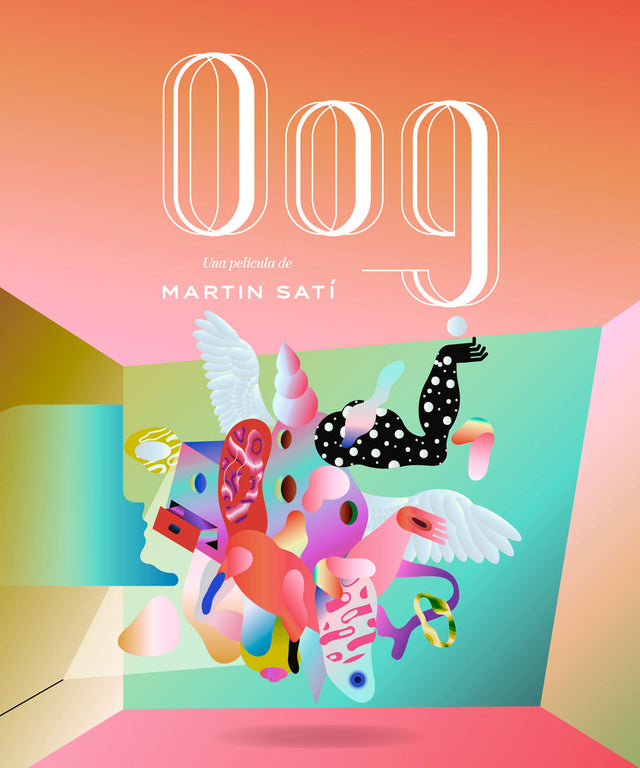Oog - Canción de cuna
This piece is a three-minute animated tale. A short but dense journey that takes place between two worlds: the real and the dreamlike. But instead of speaking about one or the other, Oog settles in the in-between—that grey zone that is neither wakefulness nor unconsciousness, but a state of transit, of translation. That’s where everything happens.
What interested me was to narrate that moment when the mind begins to shut off language and activate image. A suspension. And that’s where Oog appears—not as a character or a defined figure, but as a kind of mediator between the sensible and the intangible. A snitch, a guide, a contradictory creature that lies to tell the truth. Like all good stories do.
I approached the illustration as if it were liquid—hard to grasp. Everything was made at once: music, voice, image, and text blending together without hierarchy, searching for an emotional rather than narrative form of synchrony. There is no storyboard. There is intuition. There is chaos. And then, hours of struggle to shape that graphic mass and give it rhythm. Form emerges from matter through lines of flight.
At its core, Oog raises a question: are our thoughts made of flesh too? Do the images we dream have a body? This is an attempt to illustrate what cannot be seen, what can barely be touched. I’d call them symptomatic images: they don’t represent, they suggest—like a symptom betraying something that can’t quite be said.
The eye, an implicit protagonist in this tale, is deceitful. It believes what it sees, but it also invents what it needs to see. In that sense, it resembles design when it forgets its critical function. That’s why there is no fixed message here, no visual solution. Just a bouncing question: what do we see when we close our eyes?
Formally, color is treated as a dynamic field. I don’t think of it as a “palette,” but as energy—something that expands or contracts depending on the inner space I want to evoke. The line, on the other hand, is the brake. The restraint. The element that gives rhythm to that expansion. Like a tuning fork between what escapes and what holds.
I could say that Oog is a remixed Venus, a directionless Angelus Novus, a Dutch eye that has seen too much. But I prefer to say that Oog is just an excuse. A graphic exercise to explore the boundary between the mental and the material. Between fiction and the body. Between design and hallucination.






